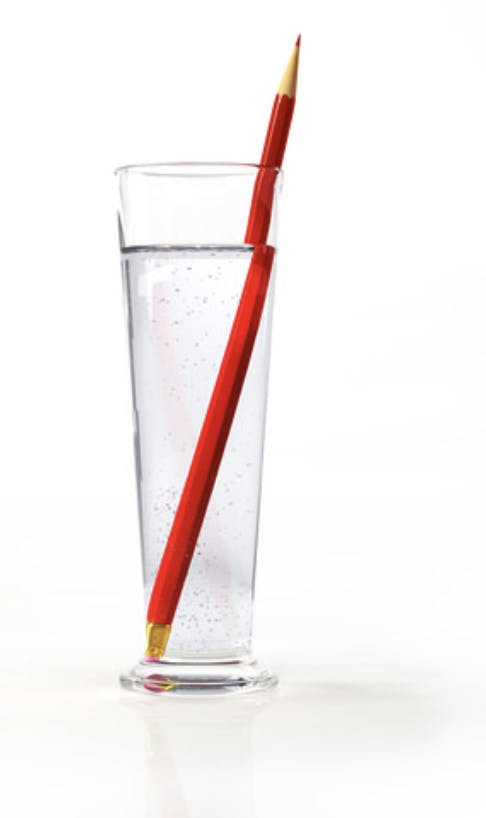TL;DR Science: Properties of Light
By Angelo Chen
November 10, 2021 · 3 minute read
Physics
Engineering
What is Light?
In physics, light is defined as any part of the electromagnetic spectrum, visible or not. This includes X-rays, microwaves, and UV radiation to name a few. However, the light that we are most familiar with is visible light, which, as its name suggests, is visible to the human eye. In this week’s article, we’ll be focusing on visible light, and its properties.
It is also noteworthy that light can act as a particle as well. In this manner, light is composed of photons, which are minuscule packets of energy, or quanta. Light as a particle has many importances in physics, but since it is not as applicable in our everyday lives, this article will focus on light waves.

Physical Characteristics
Light as a wave has several physical characteristics, but the ones that most affect our daily lives are amplitude and wavelength. The amplitude of a wave is basically how intense, or bright, the light is. The wavelength of a wave determines its color. Wavelength is also inversely related to frequency, which is how waves are most commonly categorized. Longer wavelength means lower frequency, and shorter wavelength means greater frequency.

Here, we can see that the visible light spectrum ranges from roughly 400 to 700 nm in wavelength. Anything past violet is ultraviolet, and anything past red is infrared. Both of these are types of electromagnetic radiation, but human eyes cannot perceive them.
Light Speed
One property of light so vital to our universe that it gets its own section is the speed of light, c, or roughly 3 * 10^8 meters per second. This fundamental speed limit of the universe is what shapes many of the physics concepts we learn today. However, light only travels this quickly in a vacuum, or in space. Through other mediums, like air, water, or glass, light travels significantly slower.
Refraction
Because the speed of light changes depending on the medium, this can give rise to several odd optical illusions in life—one of which is refraction. Refraction is the “bending” of light as it passes through different mediums. Because the speed of light changes between the substances, the light from the object appears in a different place, which causes things like this.

Reflection
Reflection is a property of light that we experience everyday when we look into a mirror. But reflection actually plays a bigger role in our lives than just making mirrors work; it actually allows for us to see at all! When light hits a surface, some colors of light are absorbed, and some colors of light are reflected. This reflected light is what we see, so for things that don’t reflect any light, we don’t see any color (it appears black). So for something light a leaf, it appears green because it absorbs all other colors. Things like mirrors reflect all colors, so you could say it appears white, but it really just looks like whatever it’s reflecting.
TL;DR:
There are many properties of light vital to our world. Amplitude, or intensity determines the brightness of light, wavelength determines the color, and the speed of light at about 3 * 10^8 m/s forms the very basis of our understanding of physics. These physical properties of light waves give rise to phenomena light refraction and reflection.
Sources
https://en.wikipedia.org/wiki/Light
https://en.wikipedia.org/wiki/Refraction
Image Sources
https://grandmasgiftshop.com/shop/glass-reflecting-triangular-color-prism-kids-toy/
https://thescienceofwaves.weebly.com/parts-and-types-of-a-wave.html
https://www.orcagrowfilm.com/Articles.asp?ID=145
https://www.ck12.org/c/physics/refraction/lesson/Refraction-of-Light-PHYS/
Did you enjoy this article?
About The Author
Angelo is currently a junior at Suncoast Community High School. He enjoys spending time with his dog, and playing volleyball and violin as hobbies. He also enjoys doing math, in and out of school. If you have any questions about this article, feel free to contact him at angelo@sciteens.org.